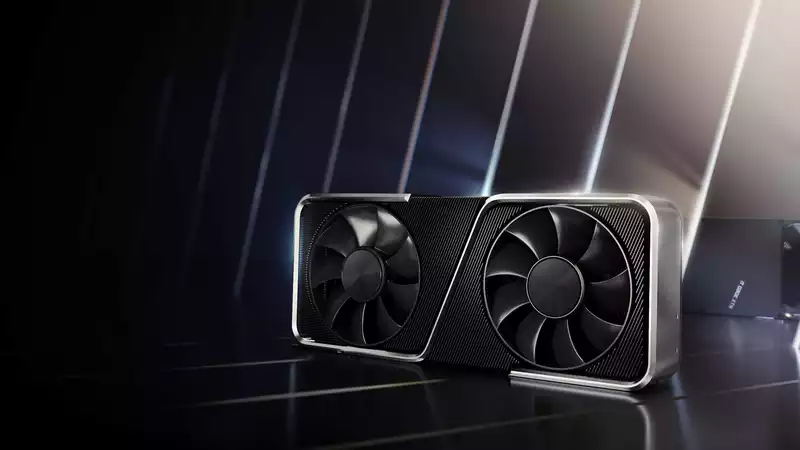GPU woes continue as inventory is snapped up as soon as it becomes available, but Nvidia is reportedly releasing three new graphics cards in January. Currently, the least expensive, the Nvidia GeForce RTX 3050, comes in two flavors, and customers appear to be able to choose the amount.
The desktop GeForce RTX 3050, which already exists as a laptop GPU, will apparently hit the market in January, and leaker kopite7kimi claims that the entry-level card will offer two variants.
The GA106-140 will feature 2,304 CUDA cores and 4GB memory, while the more advanced GA106-150 will apparently feature 2,560 CUDA cores and 8GB VRAM. These cards are expected to target high frame rate games at 1080p or 60 frames per second at 1440p.
To be clear, this is not a top-of-the-line model, but an entry-level card designed to compete with Intel's new Arc Alchemist GPU and the AMD Radeon RX 6500 XT, which is reportedly coming soon.
However, in today's GPU shopping world, beggars can't be choosers, and cards older and less capable than this are being brought out of retirement as a temporary solution for buyers looking to upgrade their gaming setups. With even such cards flying off the shelves and selling for well above MSRP, is there any hope for the GeForce RTX 3050?
Much depends on whether Nvidia has further plans to make future RTX-30 cards less attractive to cryptocurrency miners. They are usually prepared to spend more on GPUs because they expect to get their money back from bitcoin, ethereum, or other mined currencies. To date, the solutions the company has implemented have proven too easy to circumvent to be a true deterrent.
However, it is not hard to imagine that demand from gaming users, even if they are not cryptocurrency miners, is tight, and insiders are less optimistic about the possibility of the chip shortage easing in the short term.
Nvidia's own projections indicate no real improvement until 2023, which is somewhat alarming since the company will reportedly launch its GeForce RTX 40 family of GPUs by that time. At least one generation of GPU hardware has been severely disrupted by supply issues, and this could continue into the second generation.










Comments